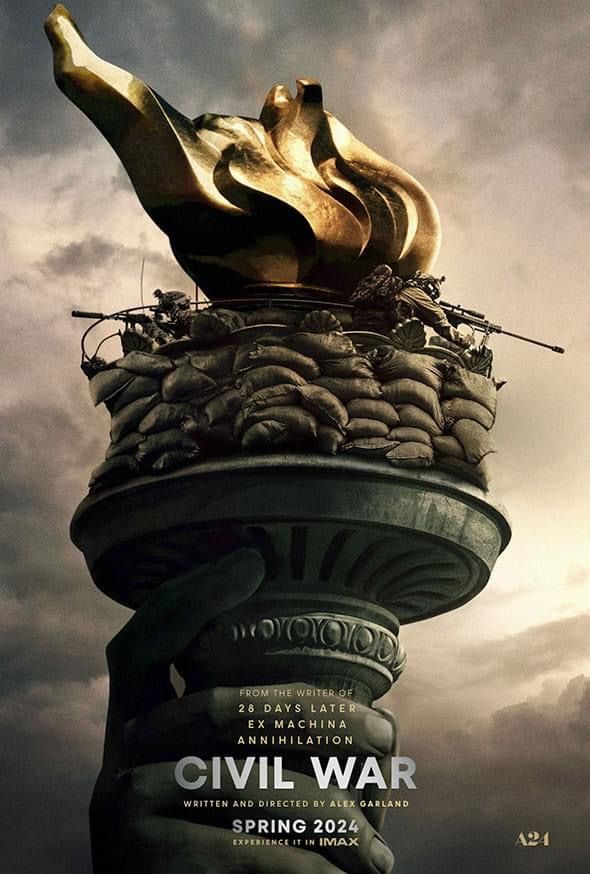As soon as they saw the painting by Pavel Fedotov, visitors to the exhibition at the Academy of Arts began to smile widely and some were unable to contain their laughter. And again and again they came to look at it. Why?
Officer & artist
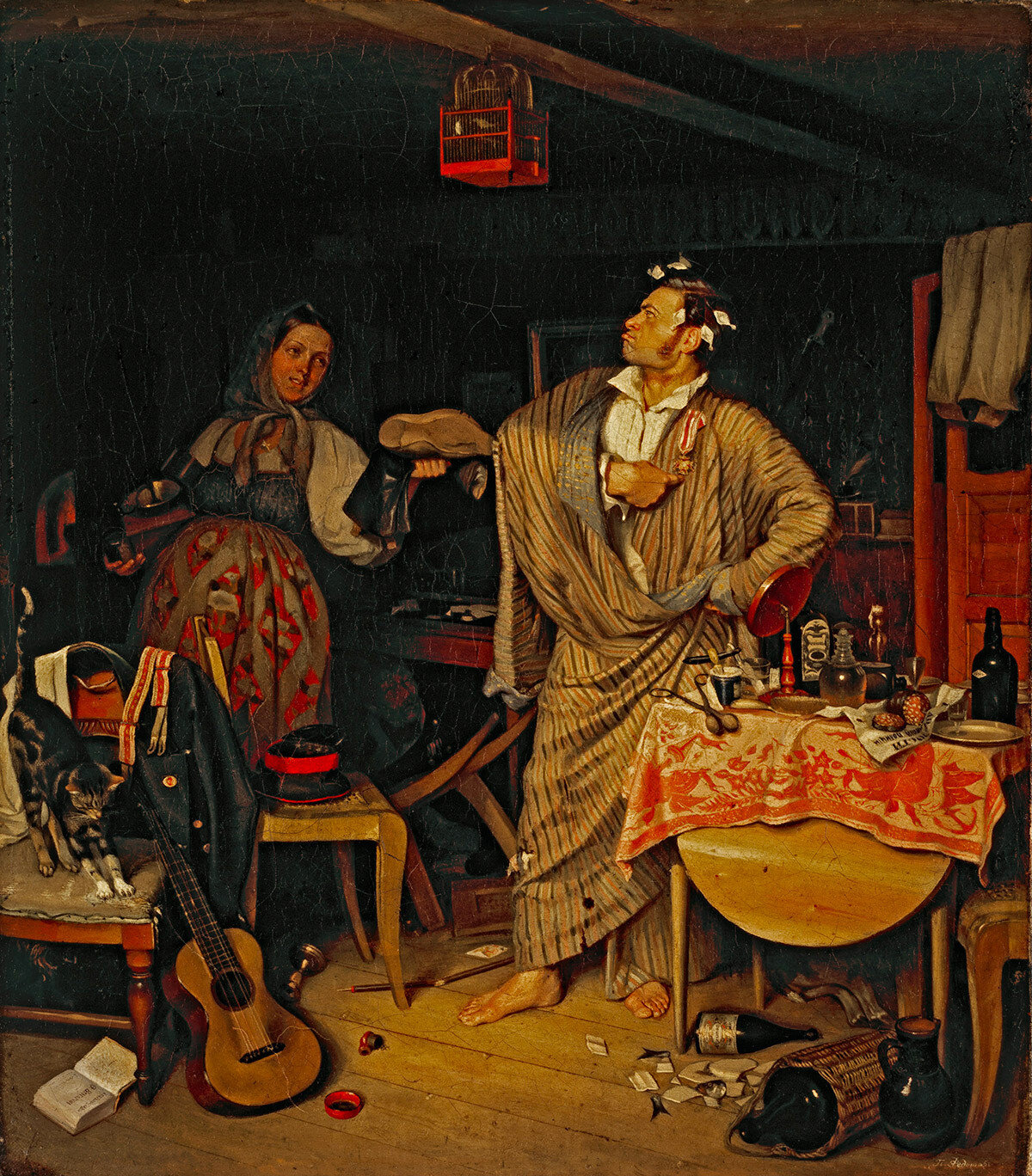
It took Fedotov a year to finish the painting – it was his third work. He, a retired officer of the Life Guards of the Finland Regiment, wanted to paint battle scenes. But, it turned out that everyday scenes were best for him. First, there were ‘Fresh Cavalier’ and ‘Difficult Bride’.
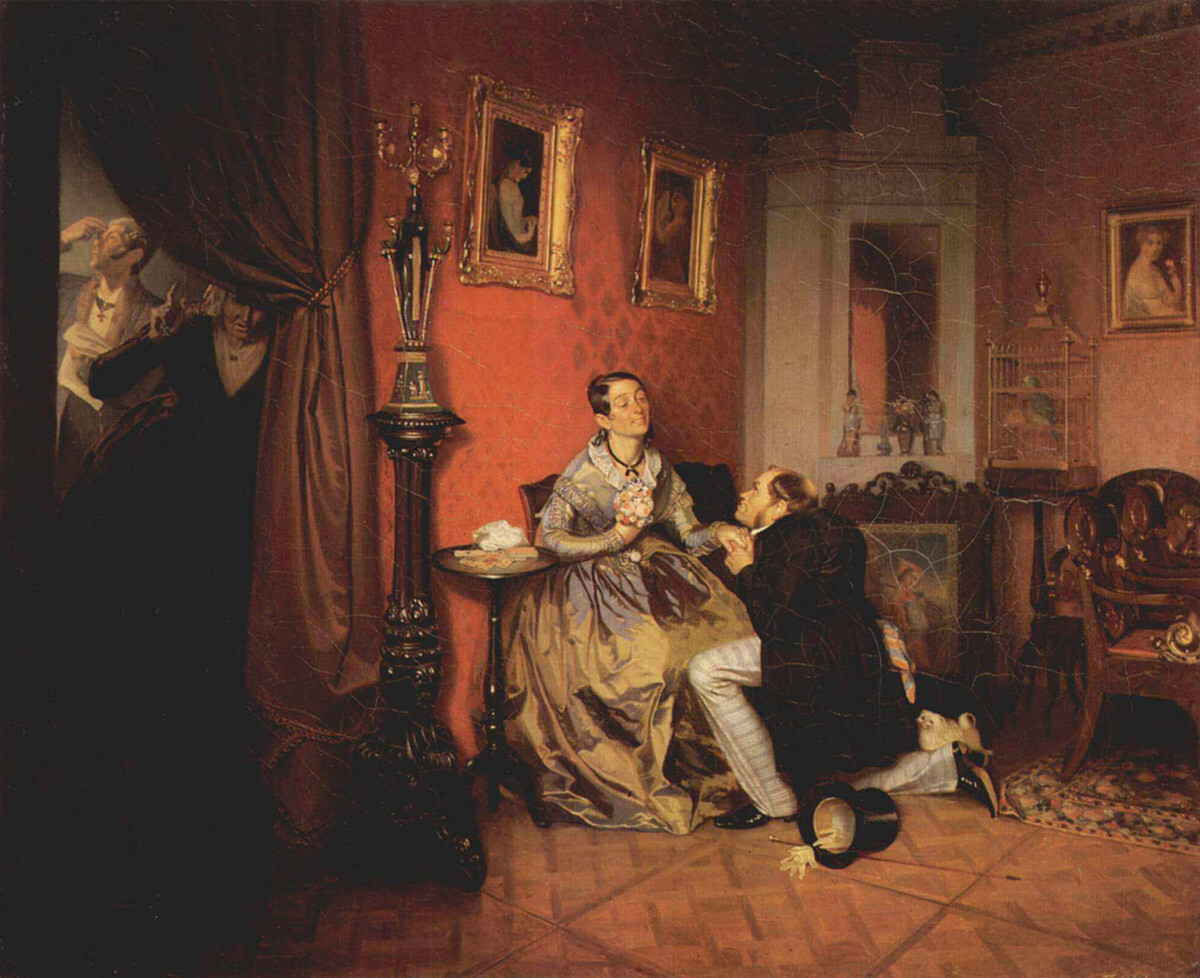
After seeing them, already famous artist Karl Bryullov was so delighted that he obtained a scholarship for the author. With the 700 rubles he received, the artist began to paint ‘Matchmaking of the Major’. He approached his work military thoroughness: he bought things to write from nature. I even bought a wedding dress. I wore a mannequin, giving it different poses to achieve believability. He approached his work with military thoroughness: he bought things to paint from life. He even bought a wedding dress. And dressed a mannequin, giving it different poses to achieve believability.
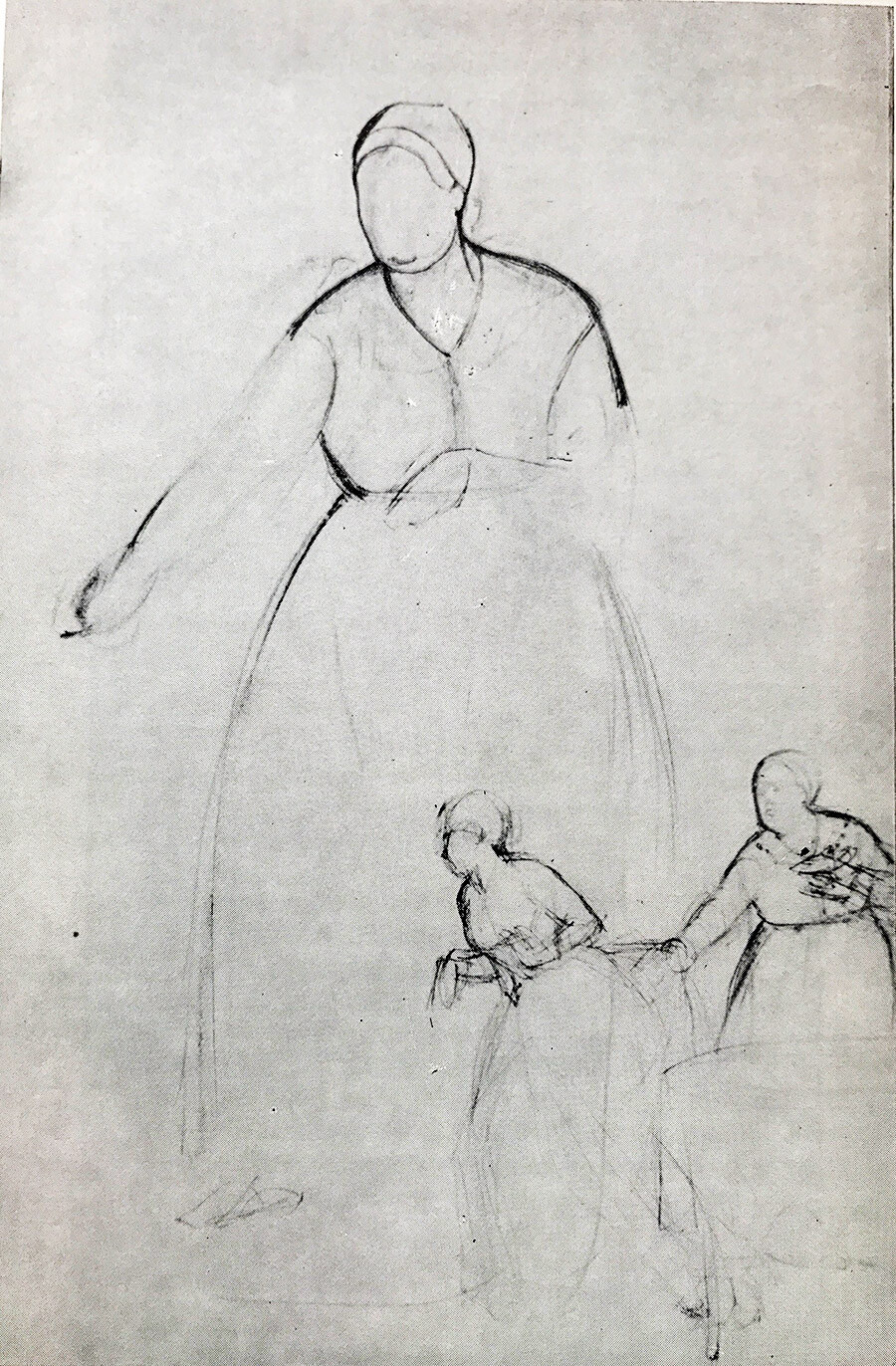
In 1849, Pavel Fedotov presented three of his works at an exhibition at the Academy of Arts. The public’s attention was focused on the new canvas: they were fist pumping, laughing openly and the artist himself read to the audience poems of his own composition explaining the essence of the ‘Matchmaking of the Major’.
Advantageous marriage
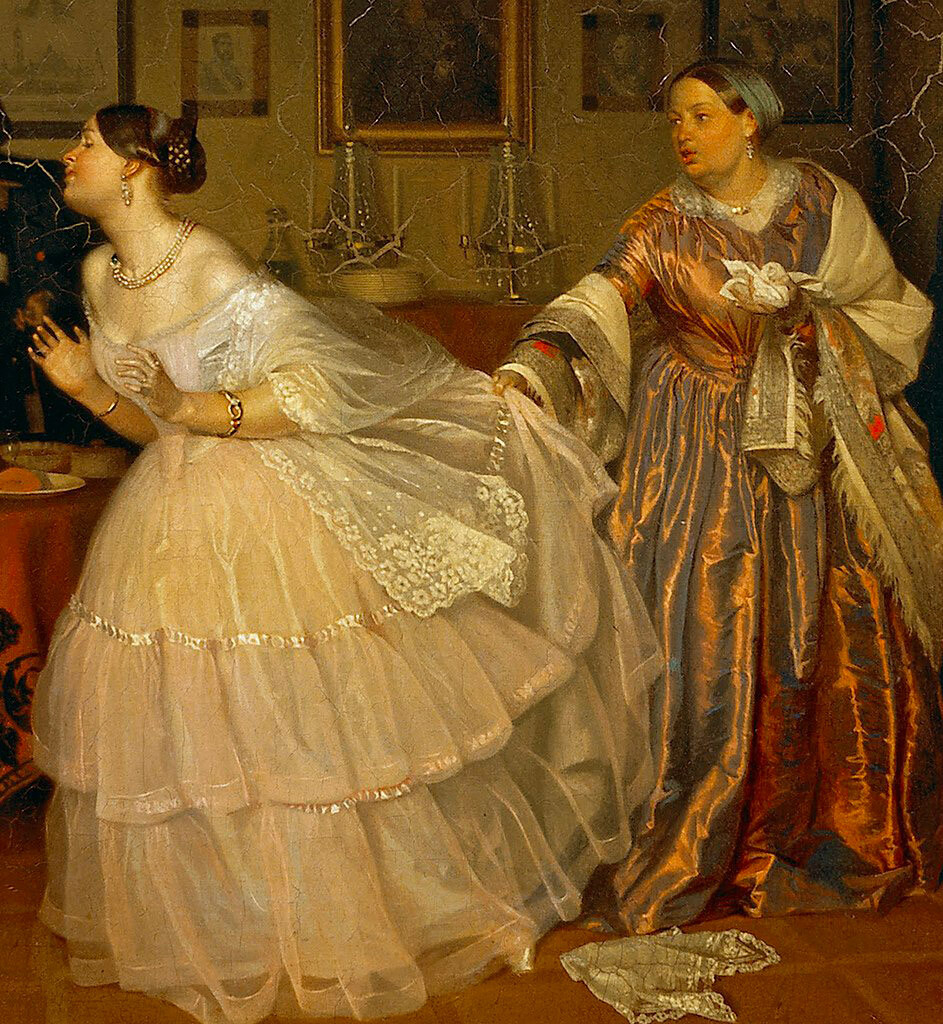
All the characters of the painting are in motion: an officer is peeking through the door, twirling his mustache; the cook is putting a culebiac pie on the table; the mother
The Big Picture
- Films like
Civil War
spark important discourse in our changing media landscape. - Alex Garland’s apolitical stance challenges critics to engage with the film’s text.
- The ambiguity of
Civil War
reflects on the murky nature of war, blurring lines between good and evil.
When a divisive film like Civil War comes along, it is worth appreciating, as the passionate discourse among the film community serves as a reminder that films are essential forms of media in a rapidly changing media and cultural climate. For a provocative filmmaker like Alex Garland, apathy is the enemy of artistic success. If his recently released dystopian war thriller failed to trigger anger and frustration among a cohort of critics, then something went awry. However, a large sector of negative criticism aimed at Civil War gravely misses the point of Garland’s film. Even worse, many critics have refused to engage with the text of the film due to Garland’s decision to take an apolitical stance on the film’s subject. You’re not supposed to be aware of Garland’s politics, as the nature of the film’s dystopian political climate is abstractly eerie. If anything, fixating on broad politics instead of the photojournalists on the battlefield who are coming into direct contact with the hellish backdrop of war is an absurd proposition.
The fanfare surrounding Civil War is two-pronged. The film’s subject evokes a toxic political climate that has affected contemporary society. It’s understood that the content of Garland’s film could feasibly be from a future not too far from the present day. Being a Presidential Election year, any film concerned with the national divide will call attention to itself. From a cinematic perspective, Civil War represents a major leap in scale for the acclaimed independent studio, A24. With a $50 million budget, Civil
